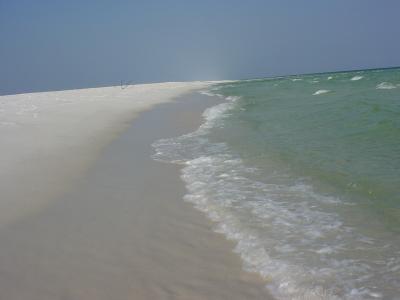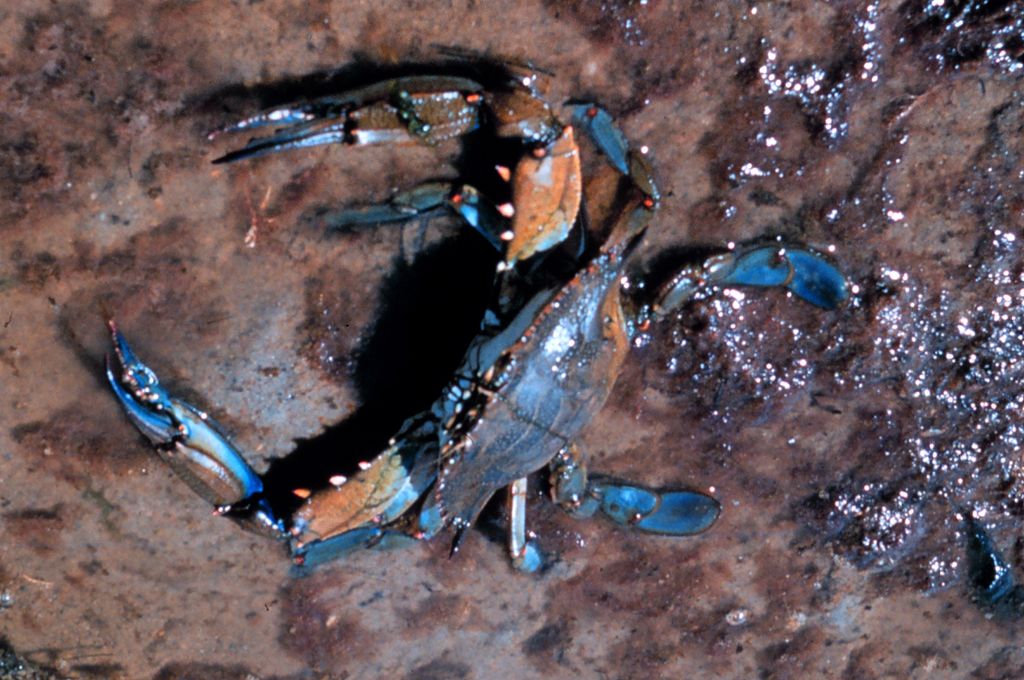Increasing Coastal Resilience through Restoration and Education in Narragansett Bay, Rhode Island

This image has been released into the public domain because it contains materials that originally came from the U.S. National Oceanic and Atmospheric Administration. No endorsement by licensor implied.
Posted by
Rachel GreggProject Summary
Save The Bay in Providence, Rhode Island, has worked to strengthen the resilience of the Narragansett Bay ecosystem to climate change by improving public understanding of the causes and impacts of climate change; promoting policy solutions, investments, and initiatives that lead to reductions in pollutants, including greenhouse gas emissions; and advocating for adaptation strategies that enhance the resilience of coastal habitats and species. Save The Bay has worked to integrate climate change into all aspects of their work.
Background
Climate change impacts of concern to Narragansett Bay include sea level rise, erosion, increased frequency and intensity of storm events, increased precipitation, and increases in water temperatures. These changes will affect the bay’s flora and fauna, and pose economic and public health risks, including loss of public access and shoreline property, and increased asthma attacks and mosquito-borne illnesses like West Nile and Encephalitis. Save The Bay recognizes that climate change must be factored into their strategic efforts to protect and improve Narragansett Bay and adjacent coastal waters. As part of their Climate Change Statement
Save The Bay identified the following priorities:
- Strengthen the resilience of the Narragansett Bay ecosystem;
- Promote adaptation to climate change;
- Enhance public understanding of the causes and impacts of climate change; and
- Support public policies, investments, and initiatives that lead to reductions in pollutants, including greenhouse gas emissions.
Save The Bay is trying to be proactive and responsive to climate change by incorporating climate change concerns into their daily work and increasing the resilience of Narragansett Bay.
Implementation
Save The Bay plays both a leadership and supportive role in addressing climate change in Narragansett Bay, including:
- Monitoring the health of the Bay and coastal habitats, and advocating for research to identify emerging climate-related ecological threats;
- Securing investments in water quality and habitat protection that anticipate future climate conditions;
- Advocating for strategies to improve the resilience of coastal habitats and species;
- Pushing for regulatory changes, public policies, and investments that promote natural resource conservation and encourage relocation of vulnerable public infrastructure;
- Evaluating the potential impact of proposed coastal development and infrastructure projects;
- Advancing government initiatives to reduce greenhouse gas emissions;
- Promoting public policies and programs designed to encourage energy conservation;
- Promoting awareness and understanding of climate change and its local impacts through public education and volunteer programs;
- Developing climate-informed school curricula (e.g., Climate Change in Narragansett Bay, Sea Level Rise and Coastal Erosion); and
- Offering professional development opportunities for teachers and educators to improve fluency in and communication skills on climate change science, impacts, and causes.
Save The Bay has engaged in several coastal habitat resilience projects to restore Atlantic bay scallop (Argopecten irradians) populations, eelgrass beds, and salt marshes. While the extensive eelgrass restoration effort was unsuccessful in terms of reviving eelgrass beds in Narragansett Bay––most likely due to degraded water quality from nutrient pollution—the project heightened community engagement and legislative concerns about the need for a healthy Bay. However, salt marsh restoration remains a key priority for Save The Bay. Efforts are ongoing to reestablish native marsh plant communities, and decrease the height and vigor of the invasive Phragmites australis. Additional efforts include dam removal projects and creating bay-friendly backyards. Over 650 dams in Rhode Island have been constructed for water supply, power supply, and recreation. Save The Bay has partnered with federal, state, and local groups to remove dams to restore natural habitat and wildlife, improve natural sediment fluxes and beach nourishment, and improve water quality factors (e.g., natural water temperatures, dissolved oxygen levels). Save The Bay also educates local landowners on environmentally-friendly landscape design and practices. The Bay-Friendly Living guide provides recommendations to homeowners on how to limit polluted water runoff and increase watershed resilience.
Outcomes and Conclusions
Save The Bay is integrating climate change into all aspects of its work, including policy, education, and restoration, in order to improve the resilience of Narragansett Bay to climate change.
Citation
Gregg, R. M. (2020). Increasing Coastal Resilience through Restoration and Education in Narragansett Bay, Rhode Island [Case study on a project of Save the Bay]. Version 2.0. Product of EcoAdapt's State of Adaptation Program. (Last updated July 2020)



